Day 53 - Visiting Two Temples In Kagoshima, The Kyushu 108 Temple Pilgrimage, Japan
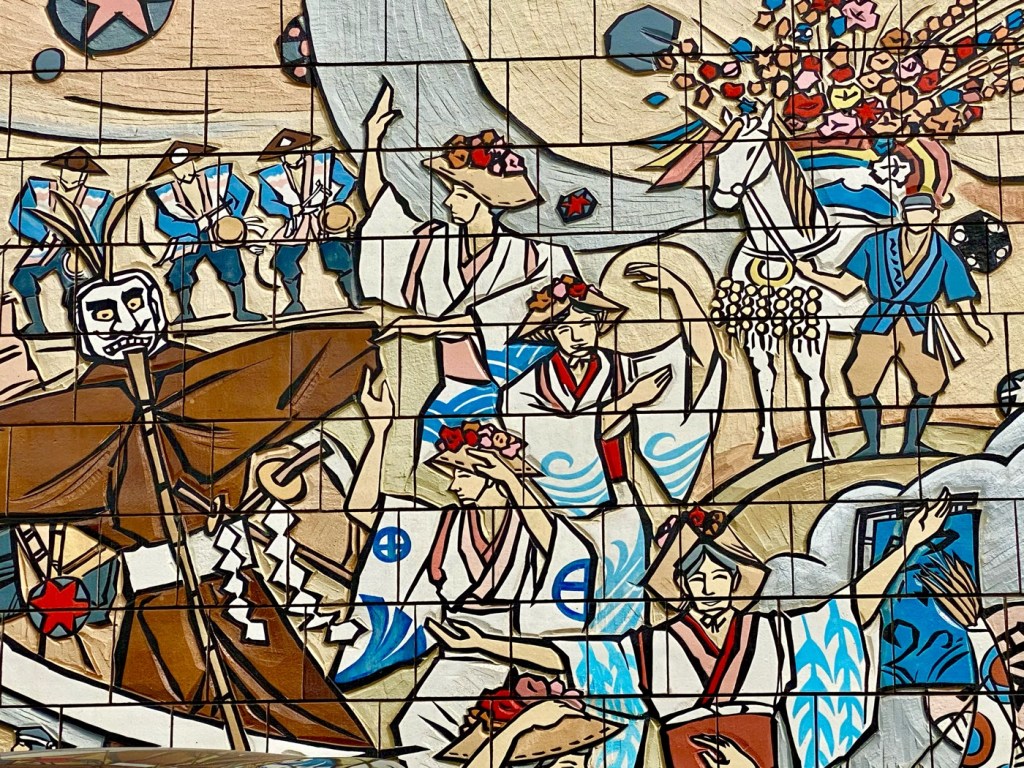
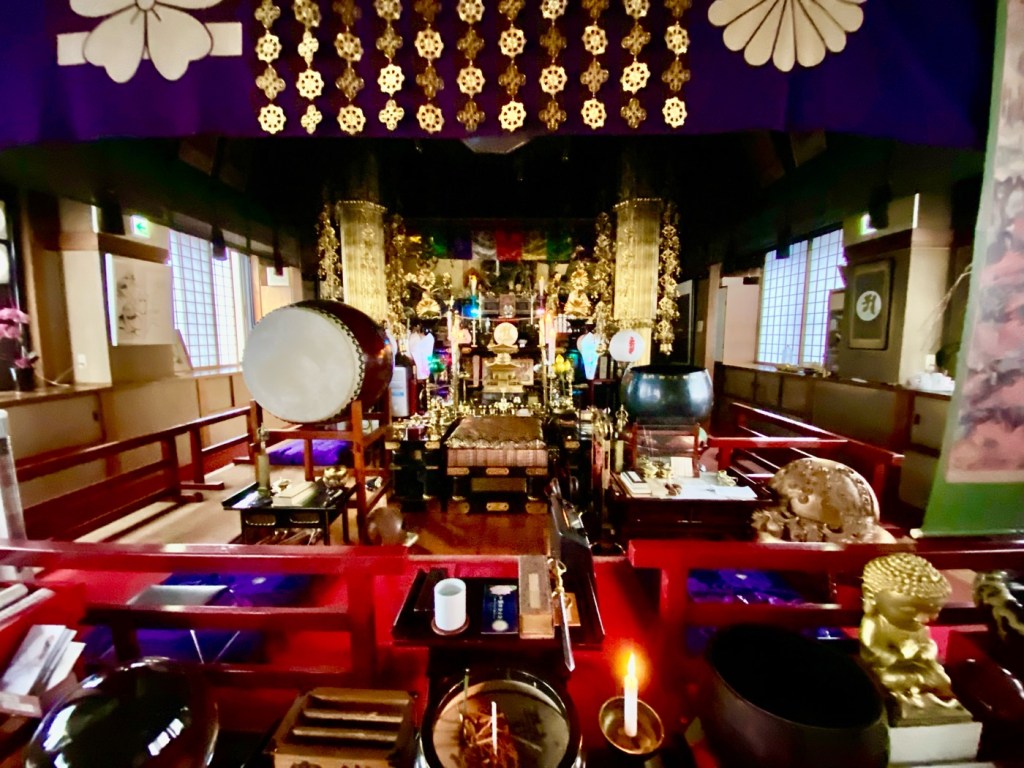
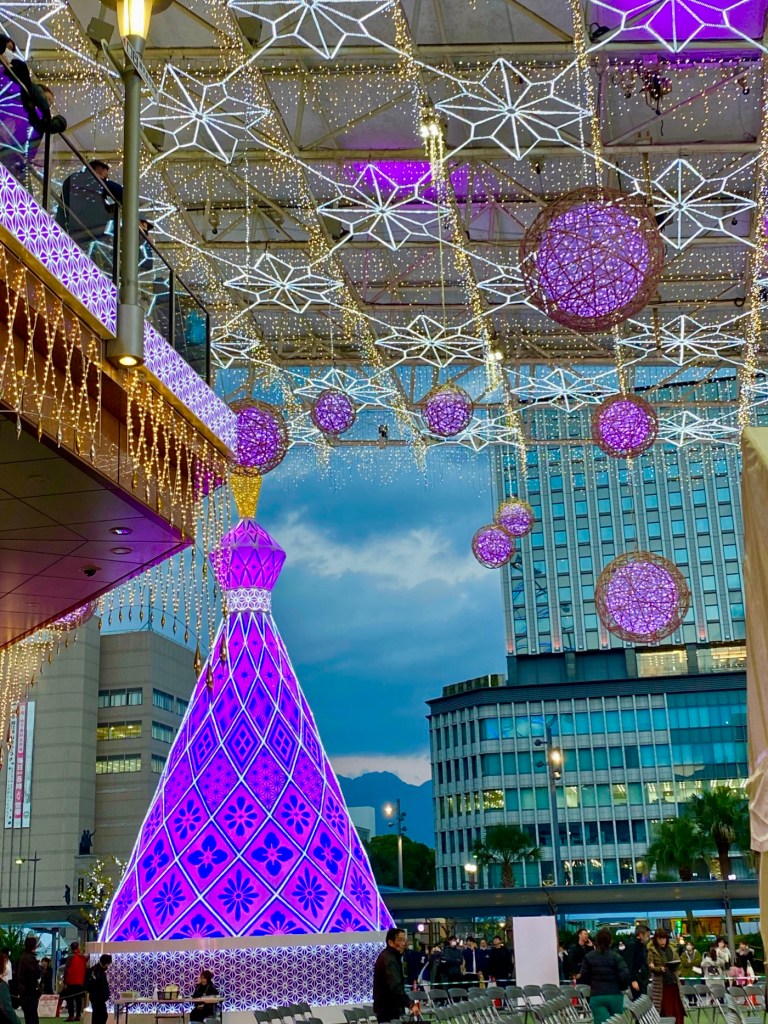
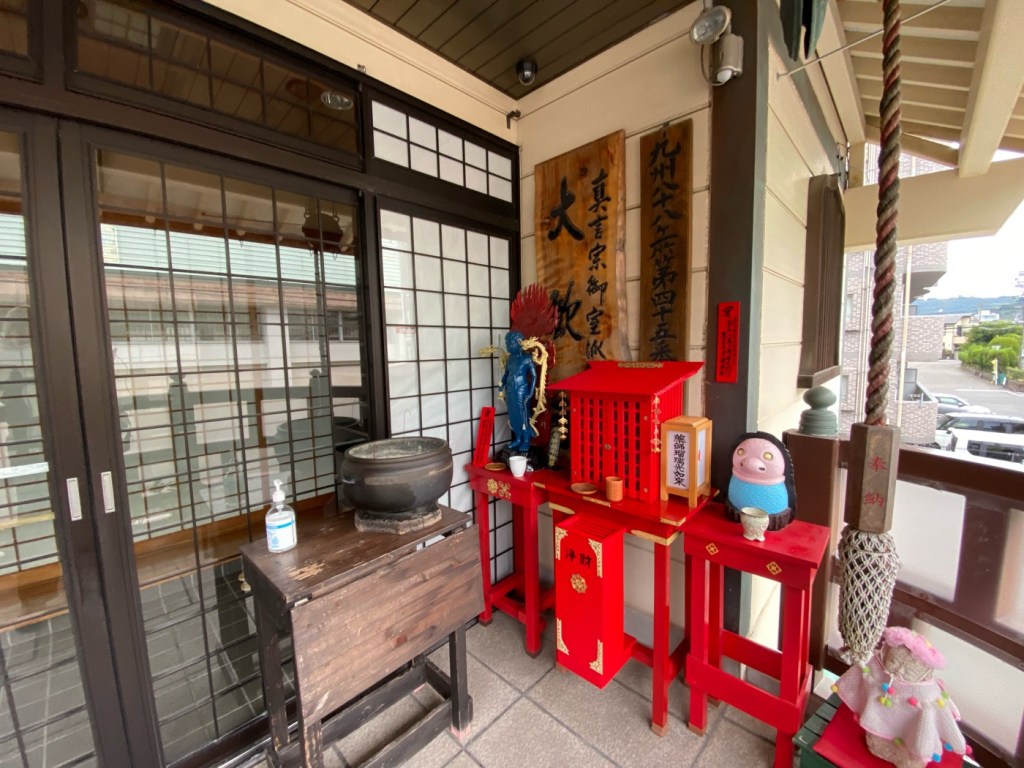
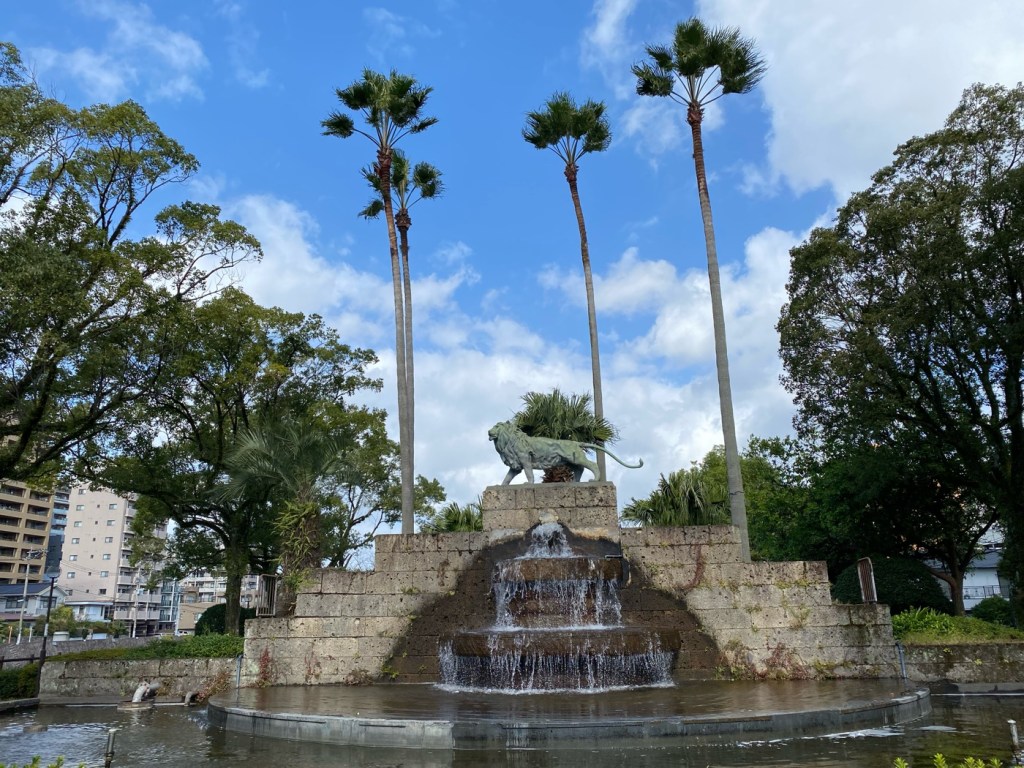
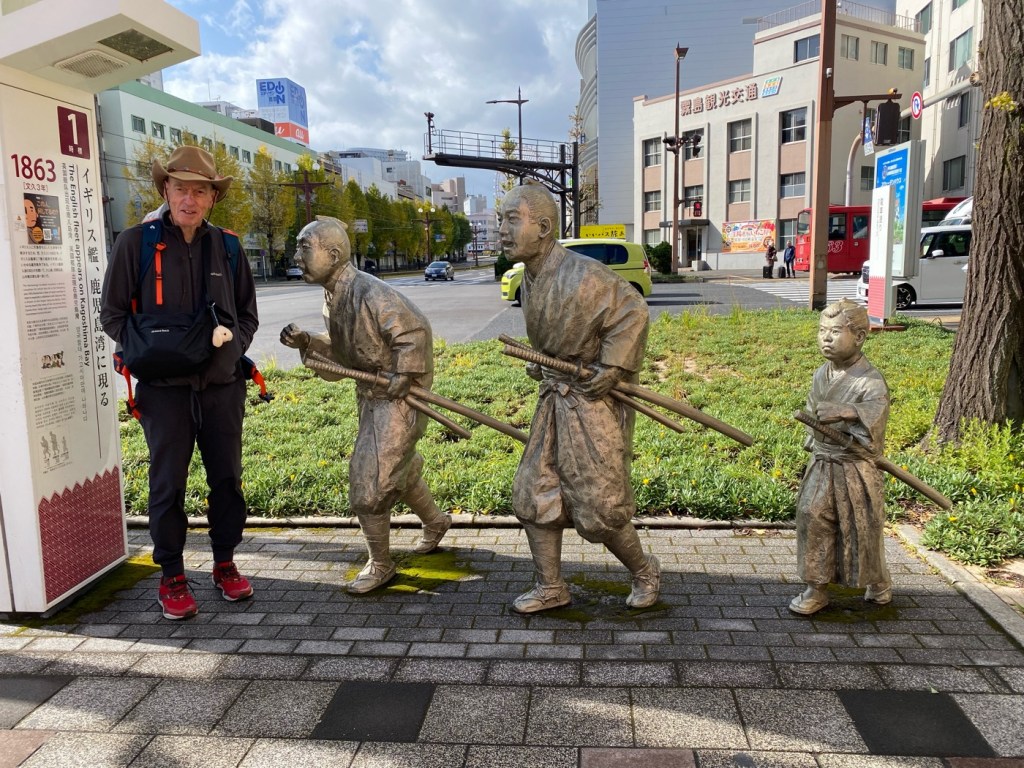
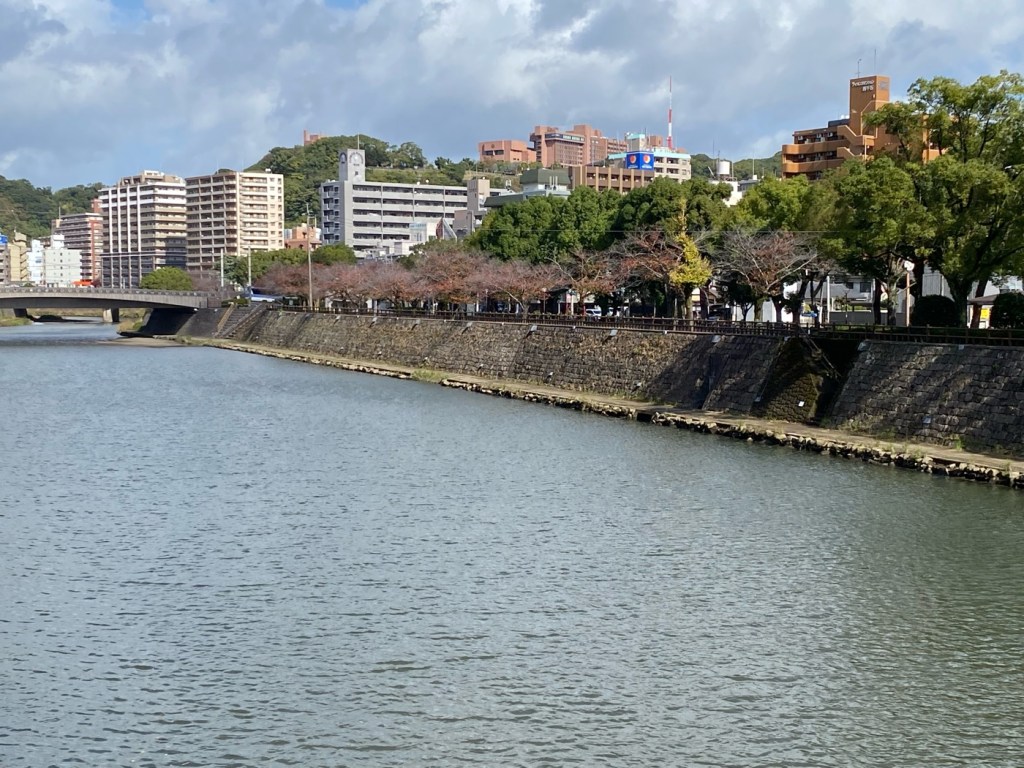
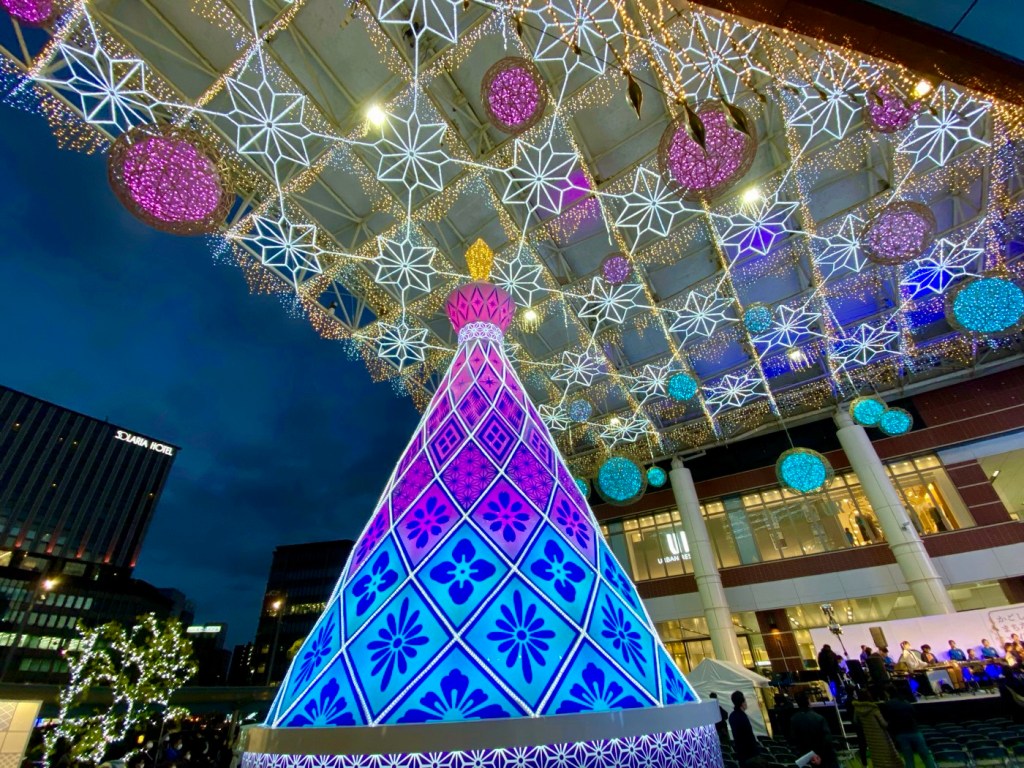
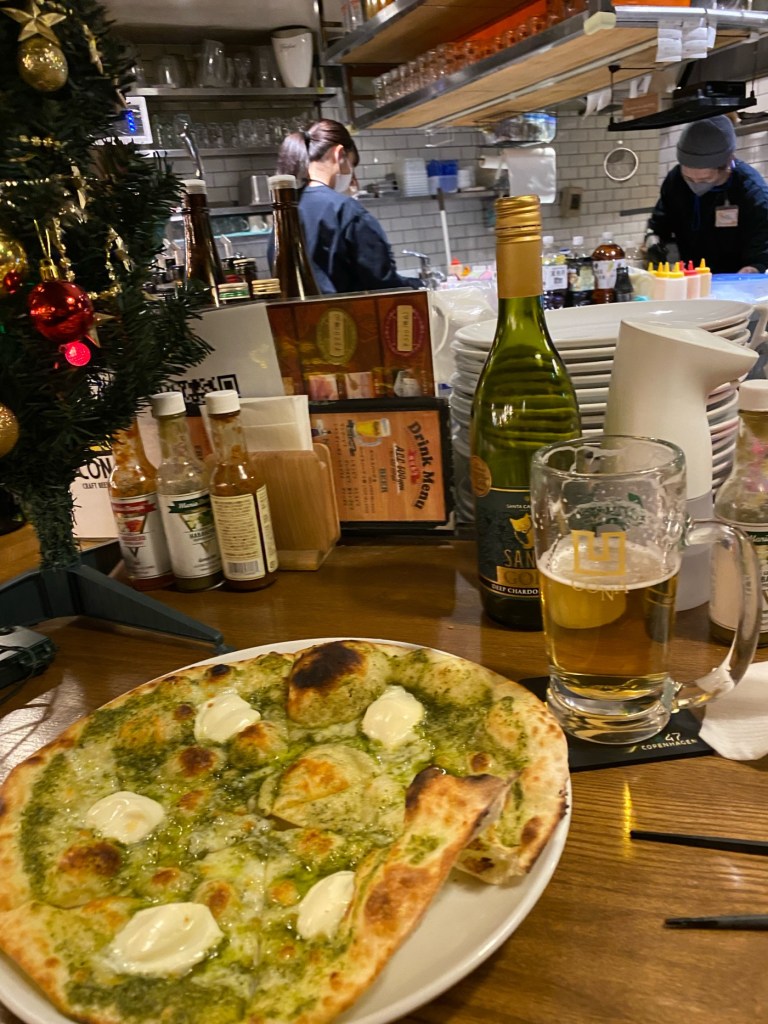
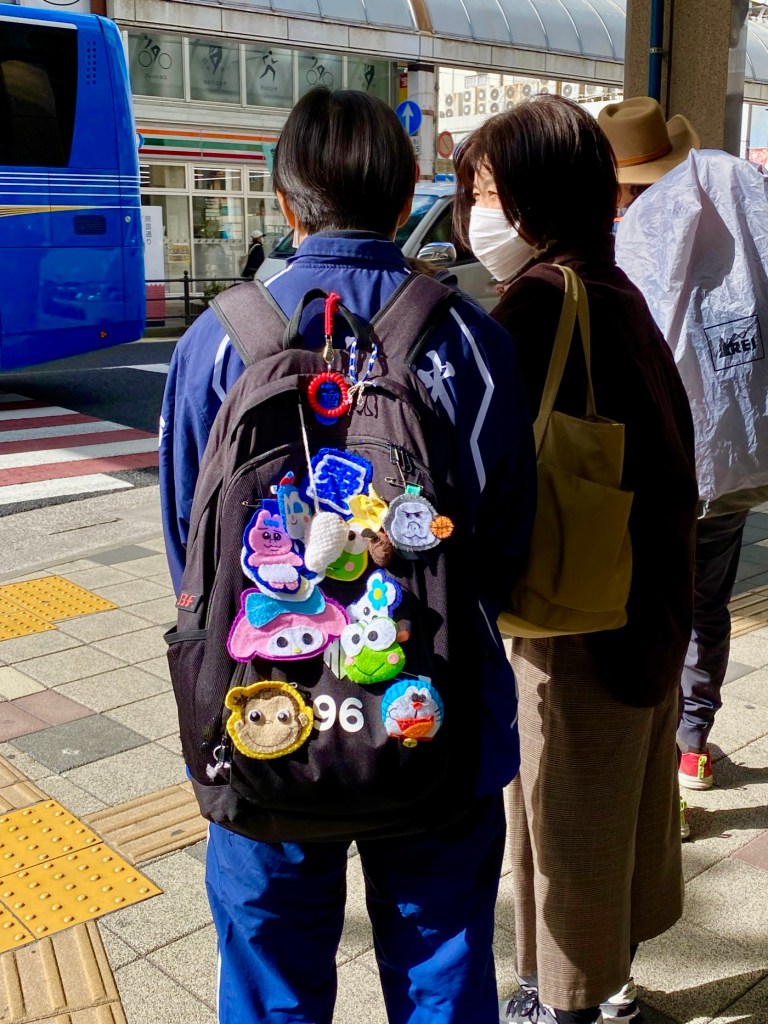
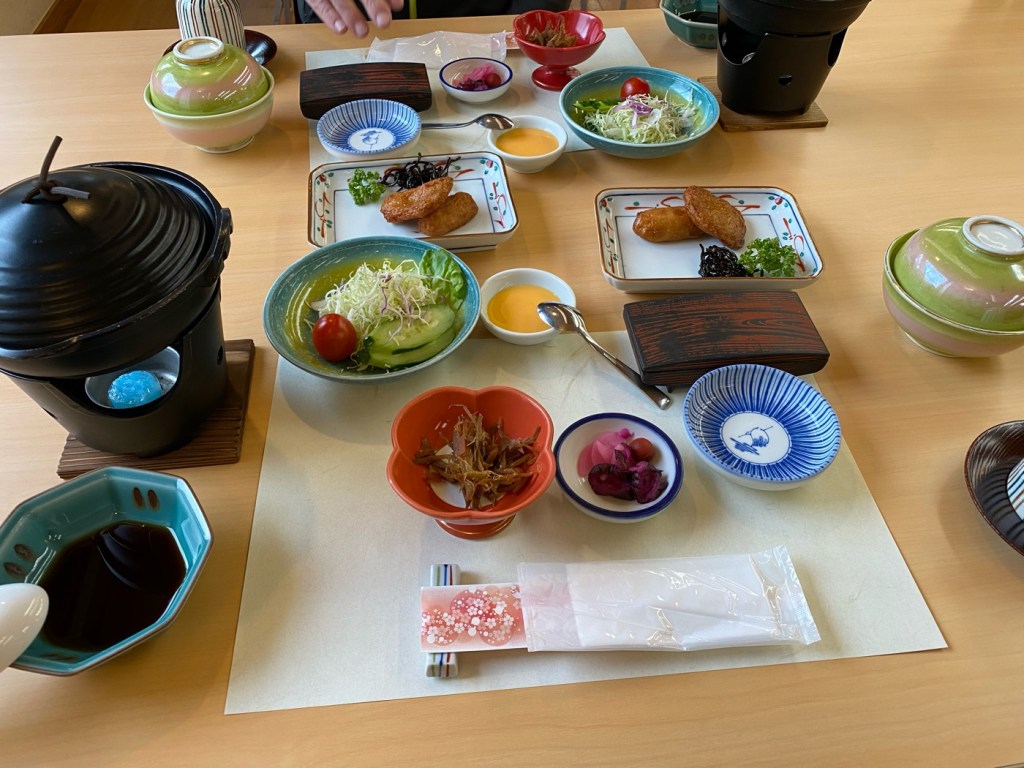
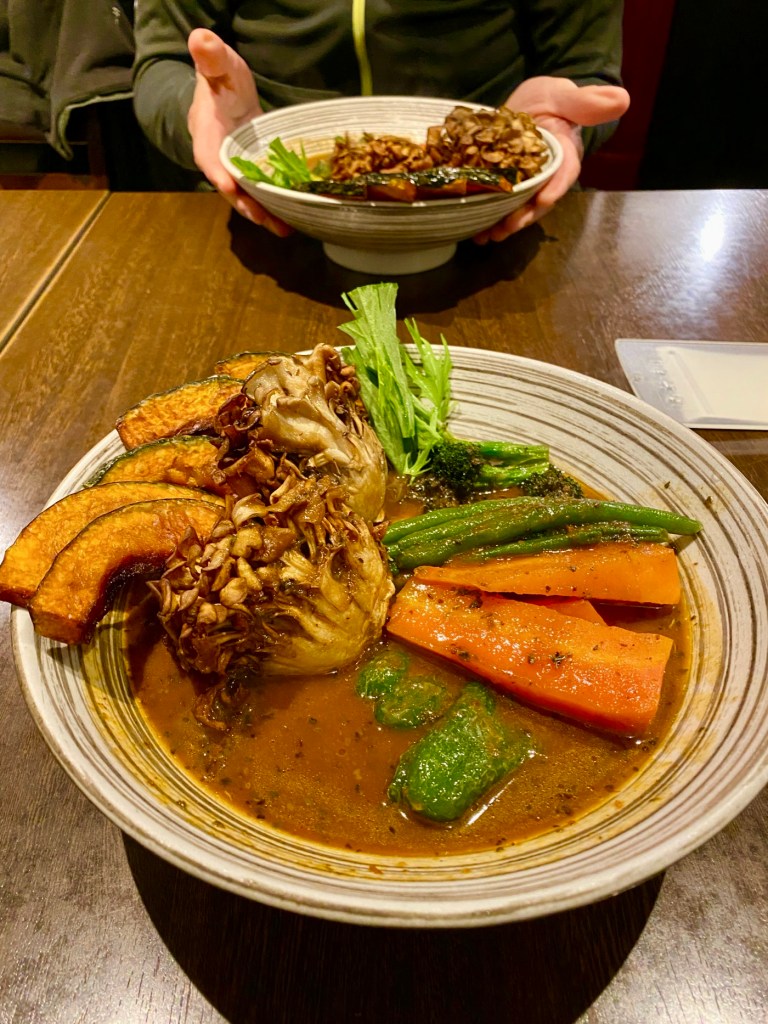
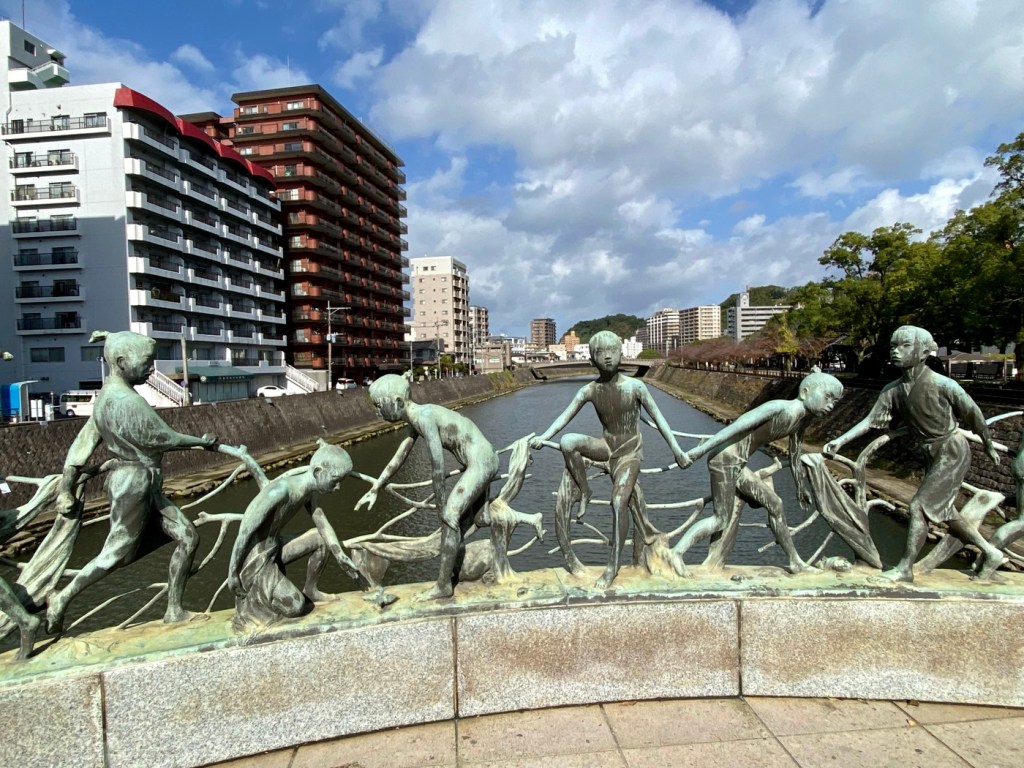
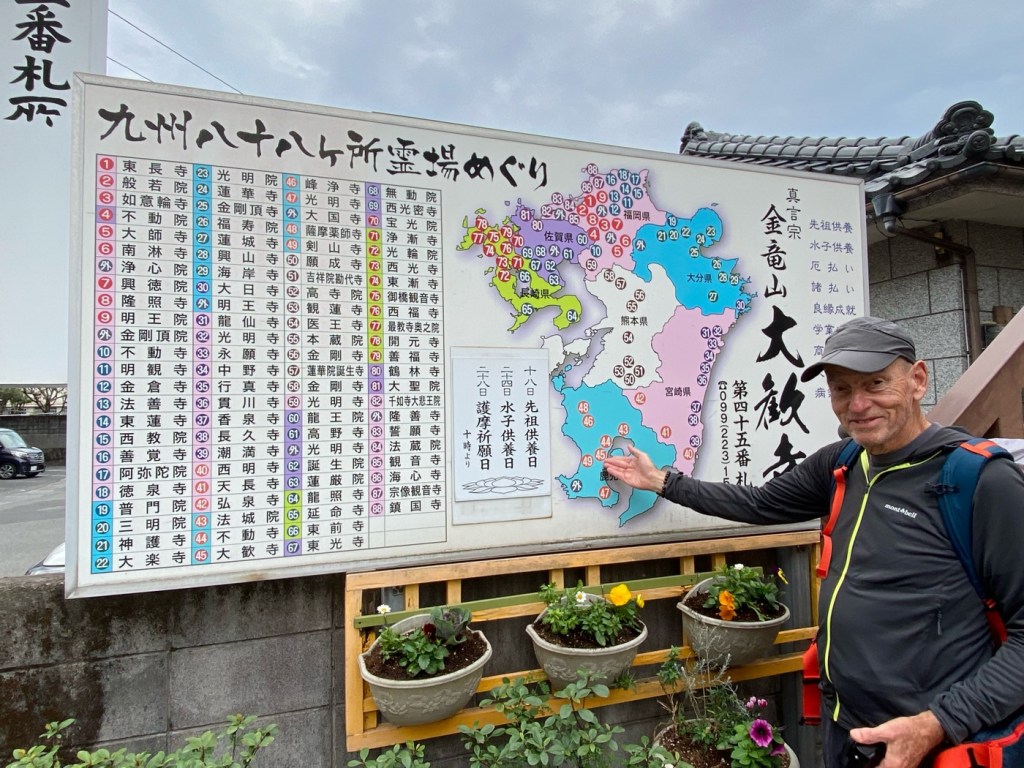
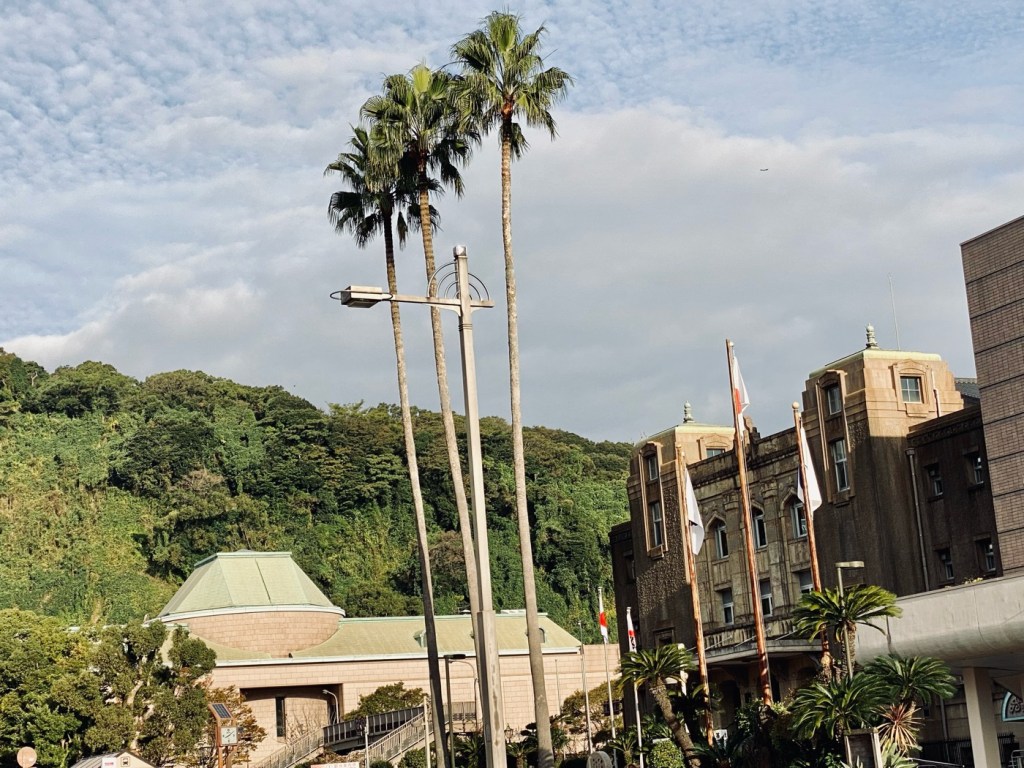

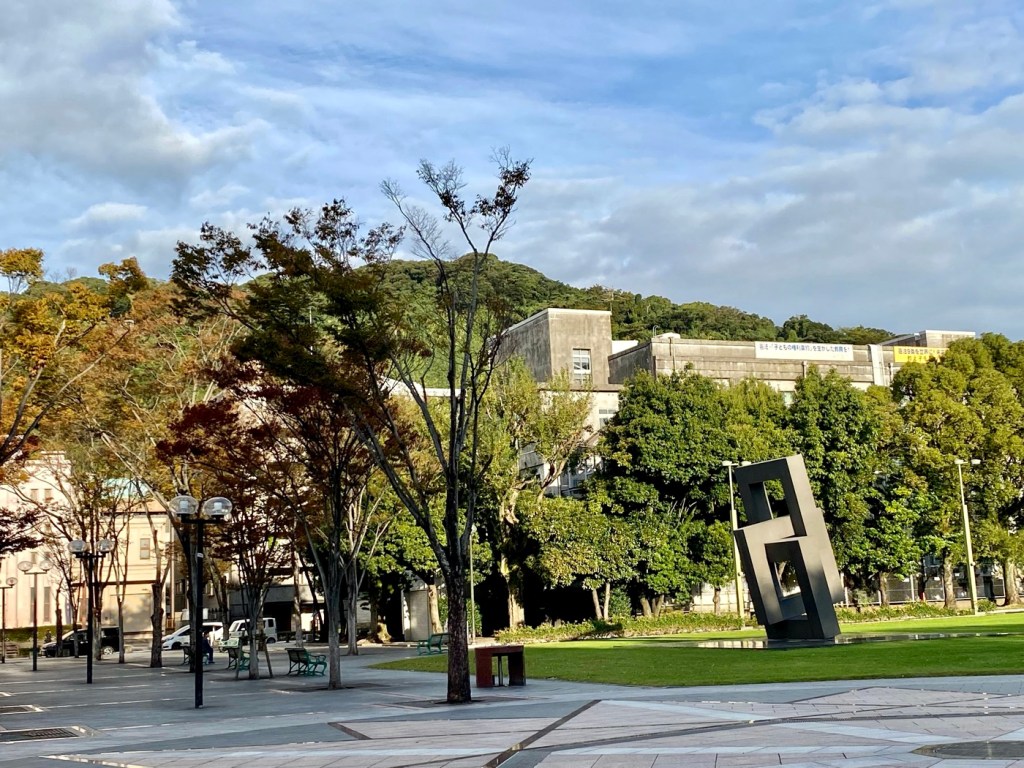
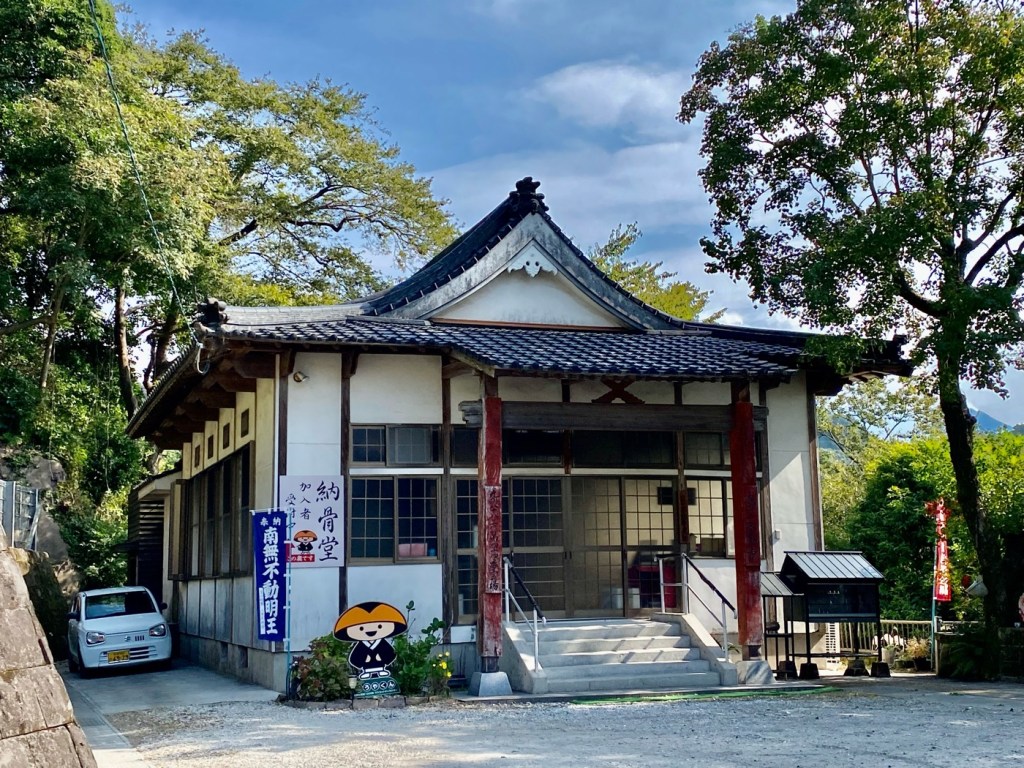
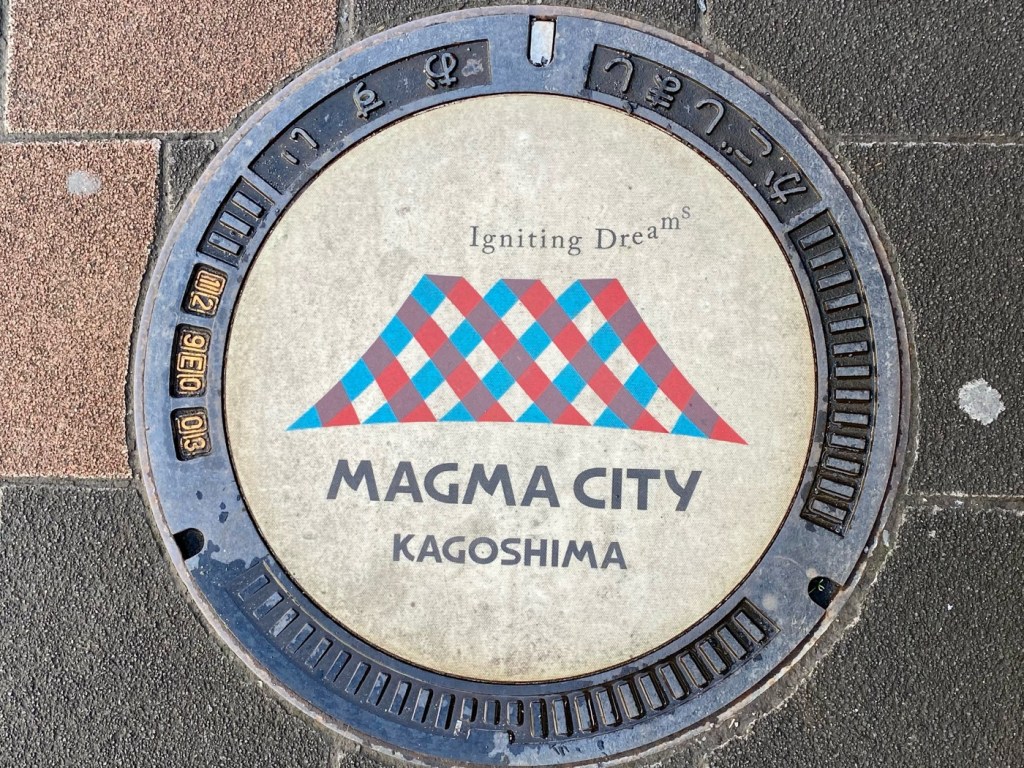
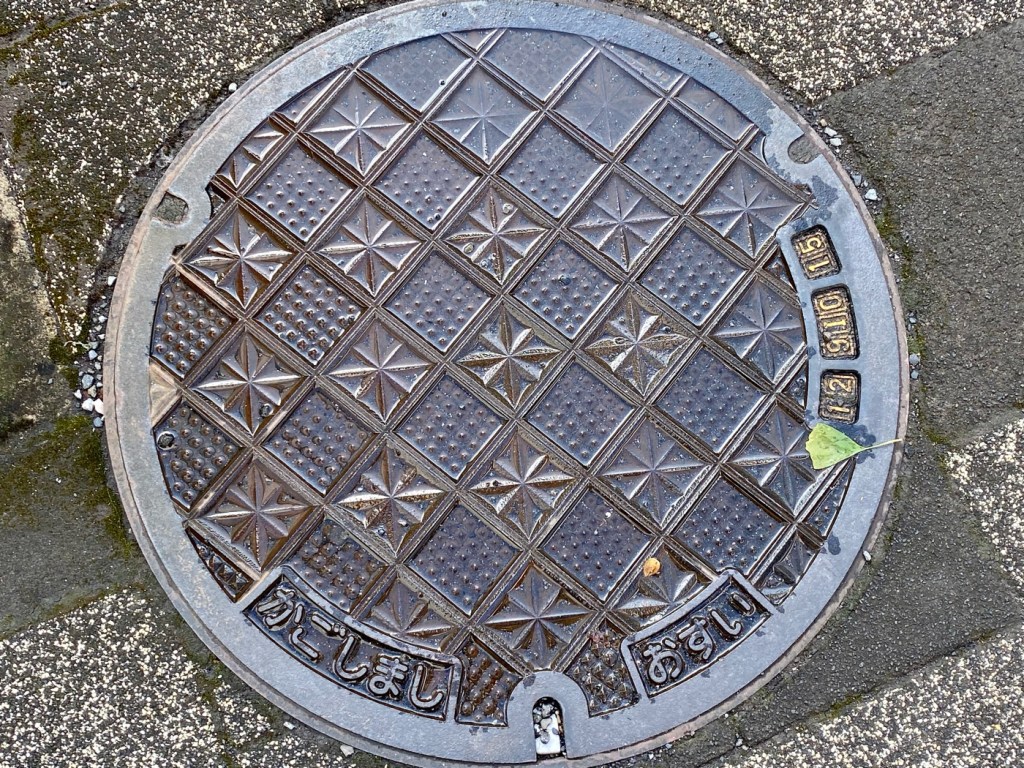
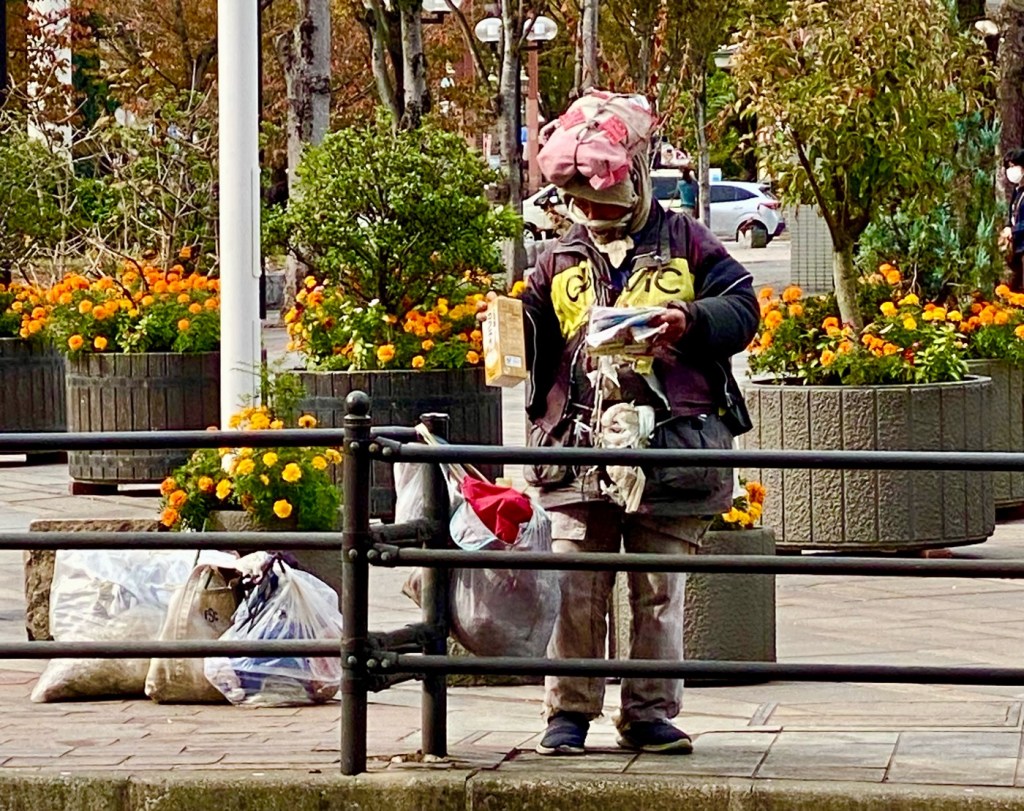
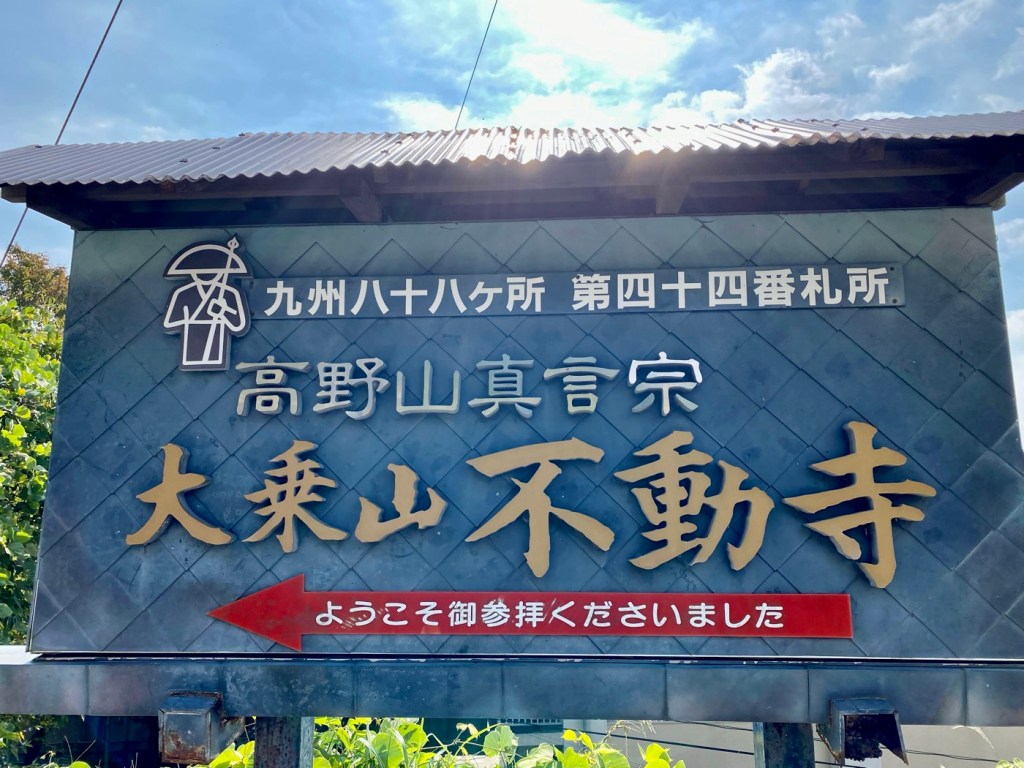
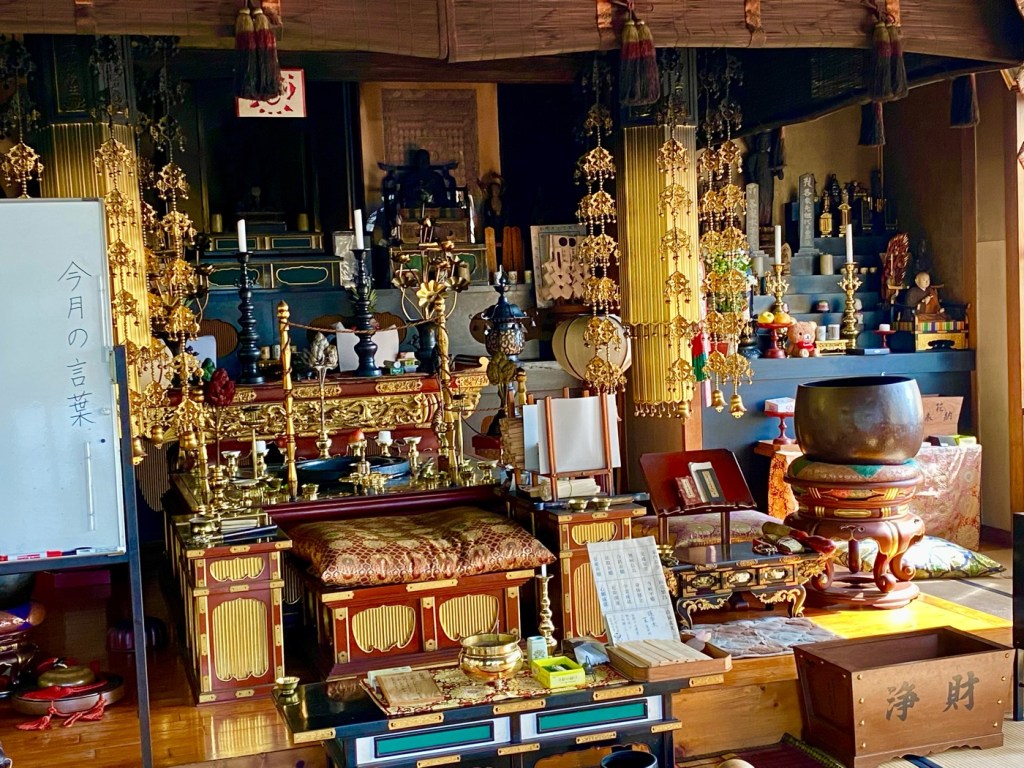
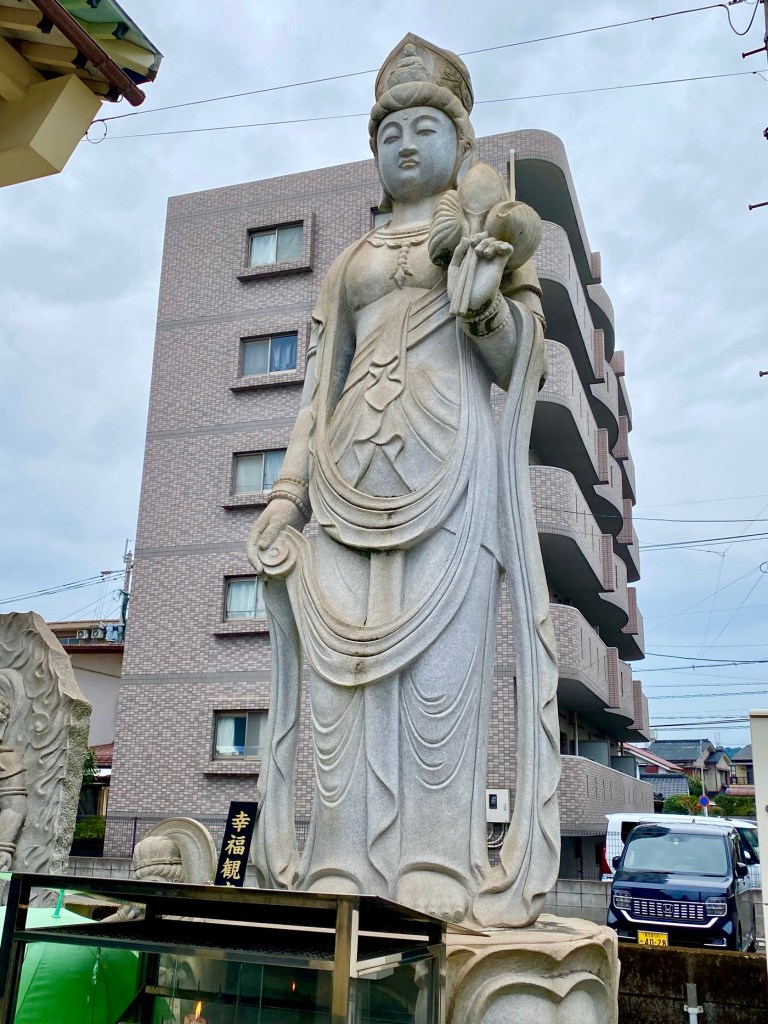
Day 53 - Visiting Two Temples In Kagoshima, The Kyushu 108 Temple Pilgrimage, Japan
Kagoshima is a seaside city located north of Ibusuki.
It is the capital of Kagoshima Prefecture.
It is best known for Sakurajima, an active volcano that faces Kagoshima across the Kinko Bay.
Once, Sakurajima was located on an isolated island in the middle of the bay, but the volcano became connected to the Osumi Peninsula after an eruption in 1914.
Since we had already walked part of the way north, we thought to visit today the two temples that we have in Kagoshima, and to make up the distance between Ibusuki and Kagoshima on other days.
We took a morning train to Kagoshima.
The city felt colder to us and we wanted to go to the Starbucks to warm up and have some tea, but decided to first walk to the northern temple in Kagoshima, and then to stop for tea and have a lunch afterwards, before continuing on to visit the second temple.
The walk along the city’s streets felt so different to us.
Most days recently, we walked through agricultural fields, but now there were dusty residential buildings and retail shops.
The reason for the dust is that Mount Sakurajima erupts daily.
You can see it belching black ash and fire spouting out of its crater at night.
And during the day you can see the volcanic dust and soil underfoot.
Sakurajima is Japan’s most active volcano.
The town is dusted with ash and gritty underfoot, and on some days when the volcano erupts, people have to carry an umbrella.
The temple is located up a hill on a road that was hidden behind houses.
At that same location, there once existed an earlier temple called Daijoin temple.
It was the city of Satsuma's main temple (former name of Kagoshima) belonging to the Shingon Buddhism sect.
Daijoin has long been a place of worship for consecutive ruling lords of the local Shimadzu clan.
The bridge in front of the temple was called Daijoin Bridge.
The road leading to the bridge was called an approach road, "Bochu-do".
Along this road, ten branch temples of the Daijoin Temple were aligned.
A large deva gate used to be located about 200 meters from the Bochu-do street gate.
The fountain of mineral waters coming from a source in the mountain was called "Niodo Water".
This sweet water was very good for making tea and brewing sake, and the current Shimizu-cho (clean water town) is said to have derived its name from this clean water.
Currently, this water serves as a source for the local water works and is used as tap water in Kagoshima.
Temple #44, Mt. Daijo Fudoji is located north of central Kagoshima, in an area that is now called Inari-Cho.
It is near a famous garden in Kagoshima called Sengan-en, known for its beautiful scenery.
Sengan-en is a stately home and traditional garden built by the 19th head of the Shimadzu family, Mitsuhisa, in 1658.
Sengan-en uses the principle of "borrowed scenery,” incorporating in the background, elements of the active volcano Sakurajima and Kinko Bay, as part of the garden.
Fudo-ji Temple is not large, nor is it very old, as it was built on the same site where the Shingon sect Daijo-in Temple once existed.
But it is considered to be a sacred place, as it continued a deep connection of this place to the Buddha that was worshipped here for hundreds of years, and to Fudo Myoo.
A mother and daughter came out of the house and joined us in the main hall of the temple.
They stamped our book and scroll and gave us snacks and postcards of the temple.
We walked south from there to Kagoshima center.
Along the way, we stopped in a barber shop and Jules was able to get a quick haircut.
By the time we reached central Kagoshima, it was time for lunch.
We wanted a break from eating Japanese food, so we ate a lunch in a very busy Sri Lankan restaurant.
The food was a simple vegetable curry and nan bread, with a salad and Masala tea.
It was not exactly Sri Lankan food, more Indian, but it was good.
Then we sat at the busy Starbucks and had some tea.
Jules needed a new case for his eyeglasses, and I needed masking-tape to fix our scroll.
Since we were in the center of the city, everything was nearby.
I went into a huge bookstore which sold stationary items, and bought some cool looking tape.
At a nice eyeglasses shop, I asked to buy a case for glasses, and was presented with a big drawer full of nice cases to choose from.
After I chose the nicest one, I was told it was free.
No charge for a glasses case alone.
When I thanked them and took it, they stopped me, saying that those were just samples, and that they wished to give me a new one, that was unopened and still in its case.
So nice of them!
Then we walked to temple #45, Kinryusan Daikanji.
The temple is in a residential area, at the foothills of Mount Kinryu, hence the name Kinryu-san Daikanji.
A big statue of Kannon stands on the street, otherwise it looks like just another house on the street.
Daikanji Temple was built in 1970.
The principal image of worship is Fudo-sama, which is said to heal believers’ diseases, help during disasters, and burn off bad fortunes and earthly desires.
It is believed to be a very spiritual Buddha.
Many miracles are attributed to this Fudo-sama by many believers.
The temple’s statement says that there was a great flood in 1993, caused by a series of heavy, torrential rains which hit Kagoshima with volcanic debris flow.
The death toll was 71, and about 2,500 people were swept away while in their cars, buses and trains.
They were saved by fishing boats and ferries, which carried them to Kagoshima bay.
Some believers who had given the Fudo-sama money and prayed at the temple as they passed through the collapsed roads, were saved thanks to Fudo-sama.
Other believers reported that the tatami mats in their houses rose up due to flooding under the floor, and that the furniture collapsed one after the other, yet the only item in the house that was undamaged and stood in its place was the Buddhist altar.
(Most Japanese families have an altar in their homes where they keep talismans, photos of family members who have passed away, and sometimes ashes of departed relatives.)
Daikan-ji Temple also offers a handmade amulet for safe delivery for pregnant women.
The friendly Monk gave us a bag of cookies and complimented our chanting, wishing us a safe journey.
We didn’t have a lot of time to do much more walking today, as we were staying in Ibusuki, and the train from Kagoshima to our hotel takes a long time, so we walked to the train station to catch the early evening train to Ibusuki.
At our hot springs hotel in Ibusuki we soaked in the Onsen, which was very busy with tourists who came to have a sand bath and to eat the local delicacies.
Although it was crowded, it still felt calm and clean, because most of the tourists were Japanese women, who have good Onsen etiquette.
They always washed and shampooed well before entering the hot spring waters, and used quiet whispering voices so as to not disturb others.
They are never rowdy, they always clean after themselves and leave their washing area clean and ready for the next person.
Dinner at our hotel was another feast, both for the eyes and for the taste buds.
Before we left our room, we asked the ladies who lay down the futons on the tatami mats, to double our futon pads, which felt like a soft cloud when I slipped into my futon for a sweet night’s sleep.
Blessings to you and to your loved ones.
May you know happiness and eternal joy everyday of your life,
Tali
Stats: 15,195 steps
Today’s walk: 11 km
Kilometers walked to date: 900
Temples visited:
Temple #44 Mt. Daijo Fudoji (Daijozan Fudoji)
Temple #45 Kinryusan Daikanji